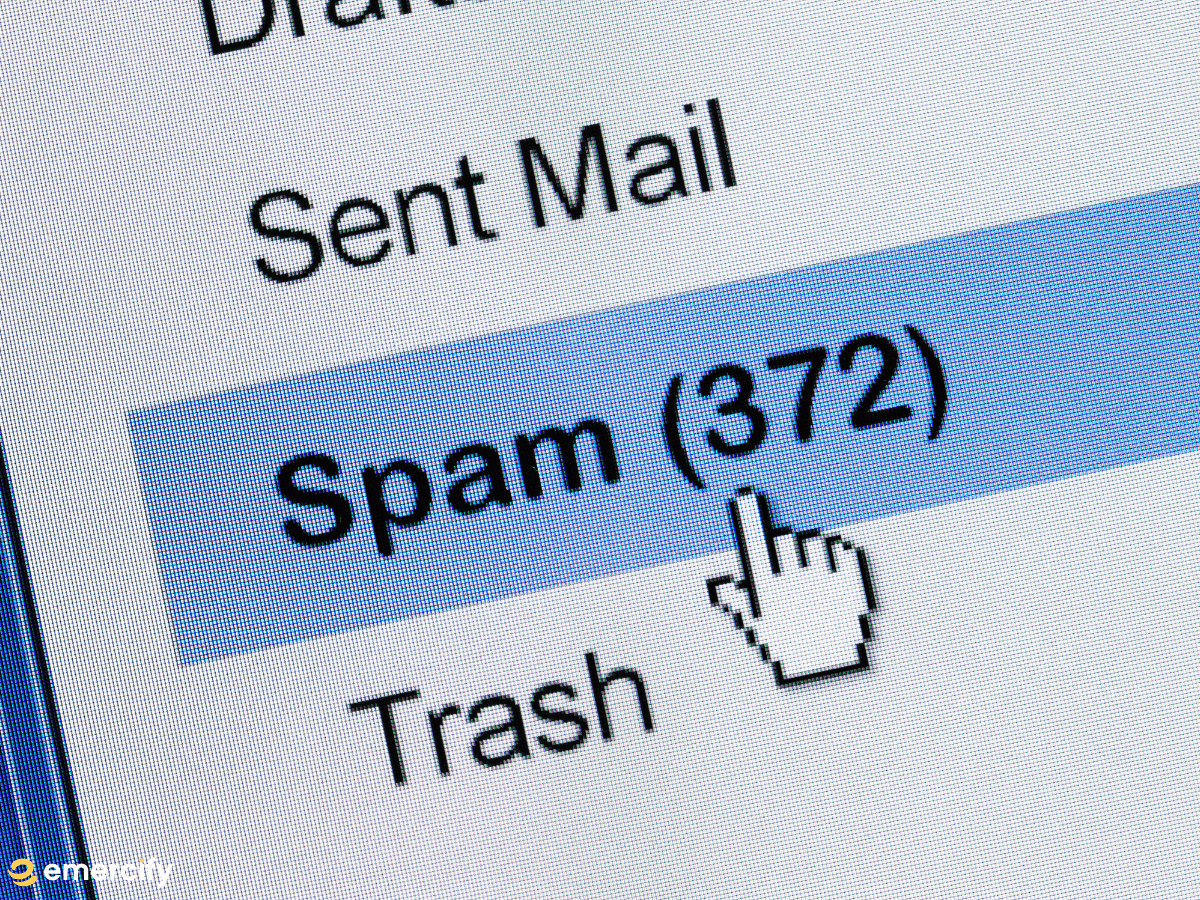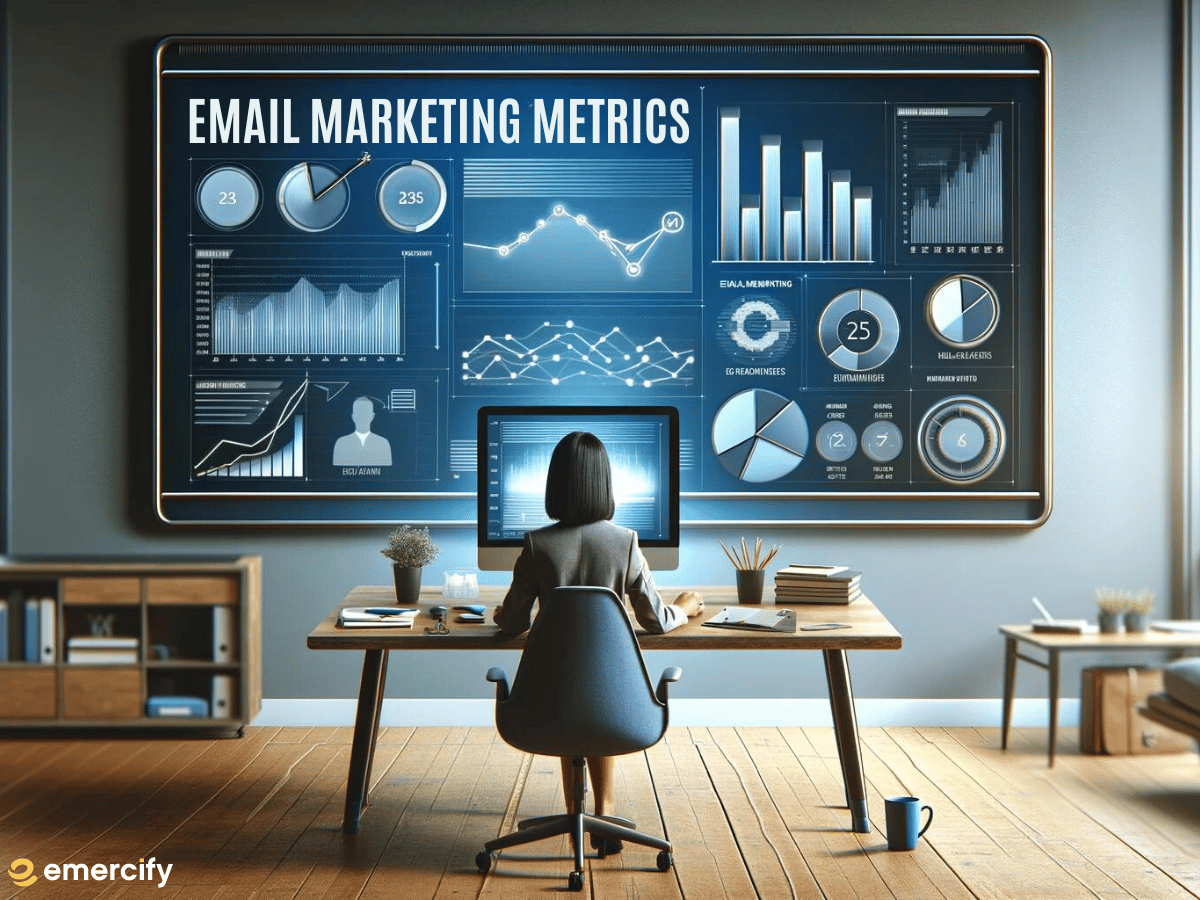Avoiding the Spam Folder: Best Practices for E-commerce Email Campaigns

If you are an e-commerce business owner, you know email campaigns are essential for engaging customers and driving sales. I think it is safe to say one of the biggest challenges faced by e-commerce businesses is ensuring their emails are able to reach their intended recipients' inboxes rather than being dumped straight into the dreaded spam folder (yikes!). In this blog post, I'll discuss some best practices for avoiding the spam folder and ensuring that your email campaigns are landing right where they need to.
What is spam, and how does it work?
You have probably received your fair share of unwanted emails trying to get you to open it and take some kind of action (clicking a link, opening a file, etc). Your ESP (email service provider) will automatically recognize these emails as junk and promptly move them to a spam folder. If your ESP spots a red flag of some kind, then it will move the email to the spam folder to keep it out of your inbox. Some types of red flags that can trigger a spam alert are things like using trigger words in the subject line, preheader text, or body of your email, a low sender score, or authentication errors. While not completely foolproof, it still can be very effective. You are also able to mark emails as junk/spam yourself. Sometimes, I go through my email inbox and if I notice anything I deem suspicious, I simply mark it as spam, and it gets sent to my spam folder. Out of sight, out of mind.
Why do emails go to spam?
Your ESP has recognized an email as being suspicious in some way. Some of the flags that could cause a spam alert could be the use of trigger words (do a web search for a list of spam words) in your messaging, image-heavy emails with little to no copy, lack of email authentication, sending to inactive email addresses (keep your email list clean), no unsubscribe link in your email (poor practice and illegal), and not targeting the right audience for your content. If your messaging is not clear or tailored for the right segments in your audience, then you have a higher likelihood of triggering a spam alert. The unfortunate thing is the list of what can cause spam alerts to occur keeps getting longer and longer due to spammers, scammers, and the like finding new ways to send suspicious emails and not get caught. Don’t be discouraged! There are ways you can setup and send your email campaigns without triggering the spam filter. Just know that it will take some attention to detail.
How to prevent your emails from going to spam
If you are struggling to get your emails to not trigger the spam filter through an ESP, read some of my recommendations to help prevent this.
Authentication Protocols
Authentication protocols like SPF (Sender Policy Framework), DKIM (DomainKeys Identified Mail), and DMARC (Domain-based Message Authentication, Reporting, and Conformance) are essential for ensuring that your emails are not marked as spam. These protocols help verify that the sender is who they claim to be, which can significantly increase deliverability rates. Be sure to take the time to set up your authentication protocols properly. You want to prevent any FAILS or SOFTFAILS in your emails. This ensures you are not only staying compliant with different email protocols and compliance regulations, but that you are making sure all your records and mailing settings are done right.
List Hygiene
Maintaining a clean email list is crucial for avoiding the spam folder. To improve deliverability, regularly remove inactive or bouncing email addresses from your list. Also, using double opt-in methods ensures that only interested recipients are added to your list. By periodically going through your email list and removing inactive email addresses, you can ensure that you send content to subscribers who are actively engaged with your content. Note: unsubscribes are not a bad thing. Think of it as your audience helping you keep your list clean and composed of active email addresses.
Engaging Content
Creating engaging and relevant content is vital to avoiding the spam folder. Avoid using spammy language or excessive punctuation in your subject lines, preheader text, and email copy. Find a healthy mixture of images, emojis, and text. Make it tasteful. Instead, focus more on providing value to your recipients and personalizing your messages to their interests and preferences. Value-based content wins every single time.
Avoiding Spam Triggers
Certain words and phrases are known to trigger spam filters. To improve deliverability, avoid using them in your emails. Examples include "free," "buy now," and "act fast." If you aren’t sure what words can be considered a spam trigger word, you can do a quick web search and find lists of words that may trigger a spam alert. Avoid using these words anywhere in your email campaigns if you can.
Ask Subscribers to Whitelist You
Ask your subscribers to add you as a preferred sender to their email contact list. This will let their ESP know they want to receive your emails. Oftentimes, this also bypasses the promotions tab and can help your emails land directly into your subscribers’ inbox. Just ask!
Monitor and Test
Monitor your email deliverability rates regularly and conduct A/B tests to optimize your campaigns. Pay attention to metrics like open rates, click-through rates, and spam complaints to identify areas for improvement. You want to ensure good open and click-through rates and low spam complaints. Test, test, test. Data is your friend here.
Don’t be spammy
By following these best practices, you can increase the chances of your e-commerce email campaigns reaching your recipients' inboxes and avoiding triggering the spam filters. Authentication protocols, list hygiene, engaging content, and avoiding spam triggers are all crucial elements of a successful email marketing strategy. You want to engage with your subscribers who want to hear from you. Take the time to ensure your email marketing campaigns are set up for success. Remember to monitor your results and adjust your approach accordingly to maximize the effectiveness of your campaigns.
Do you know if your emails hit the spam folder?
Check out our FREE training about Deliverability in our community here.





